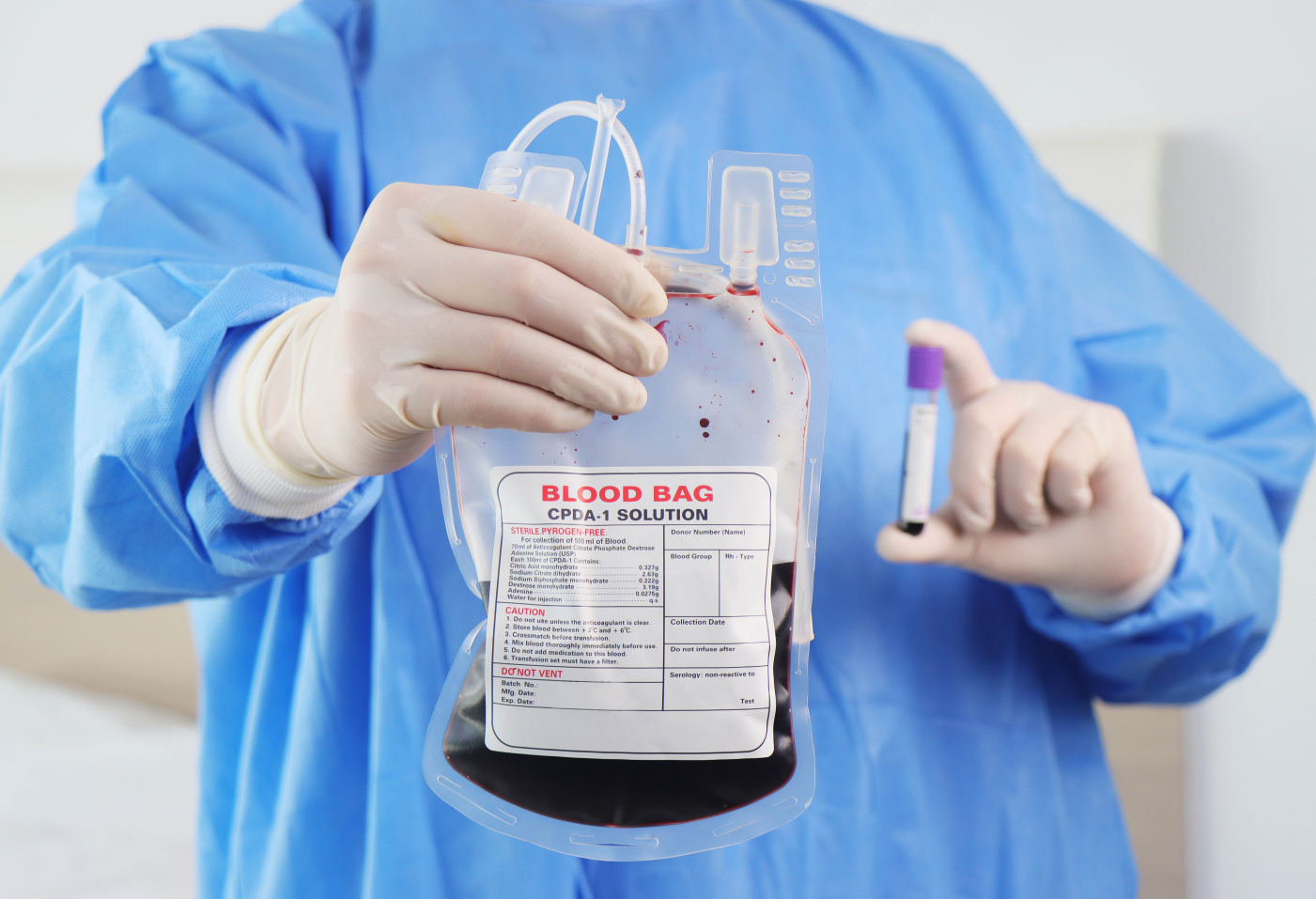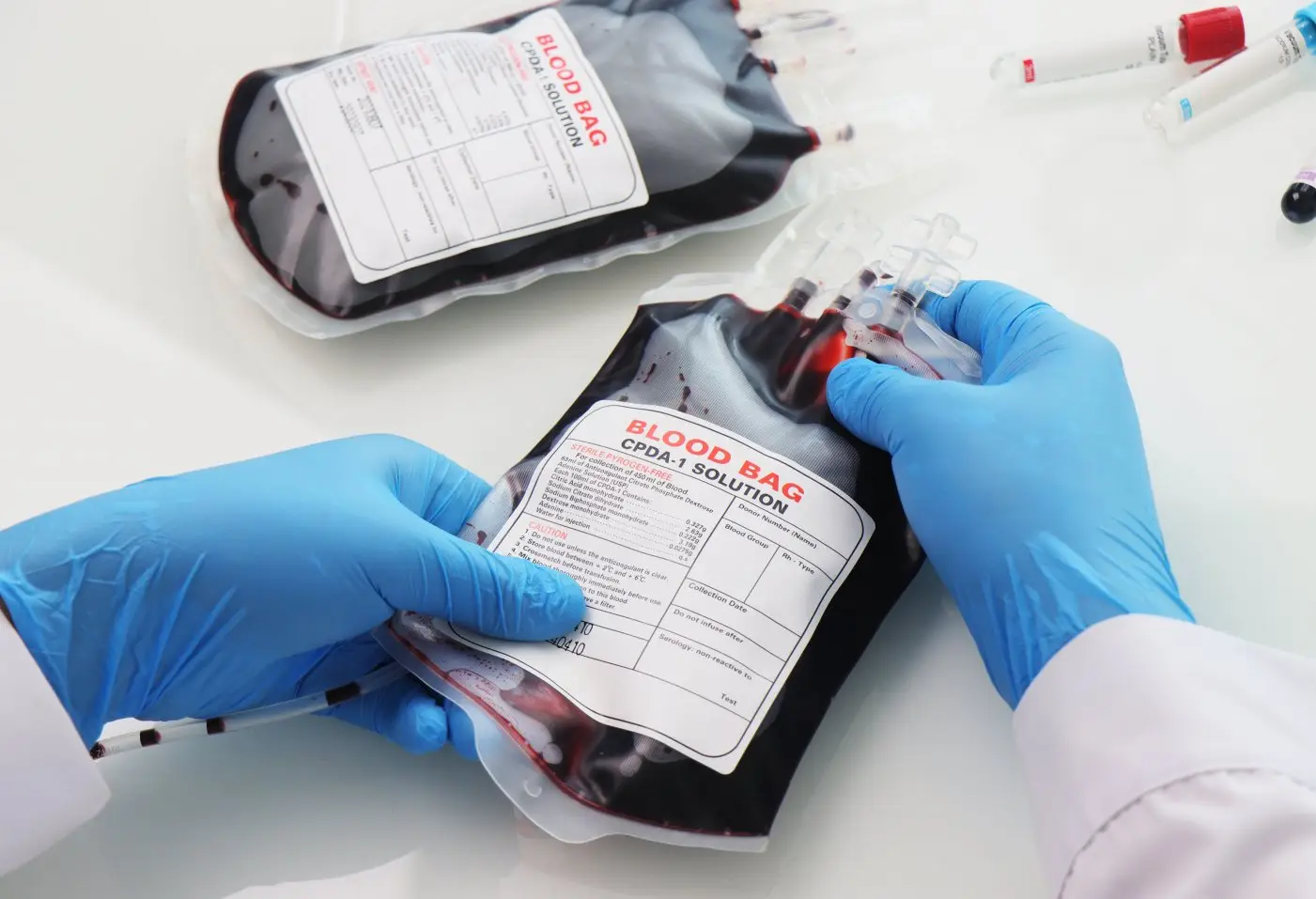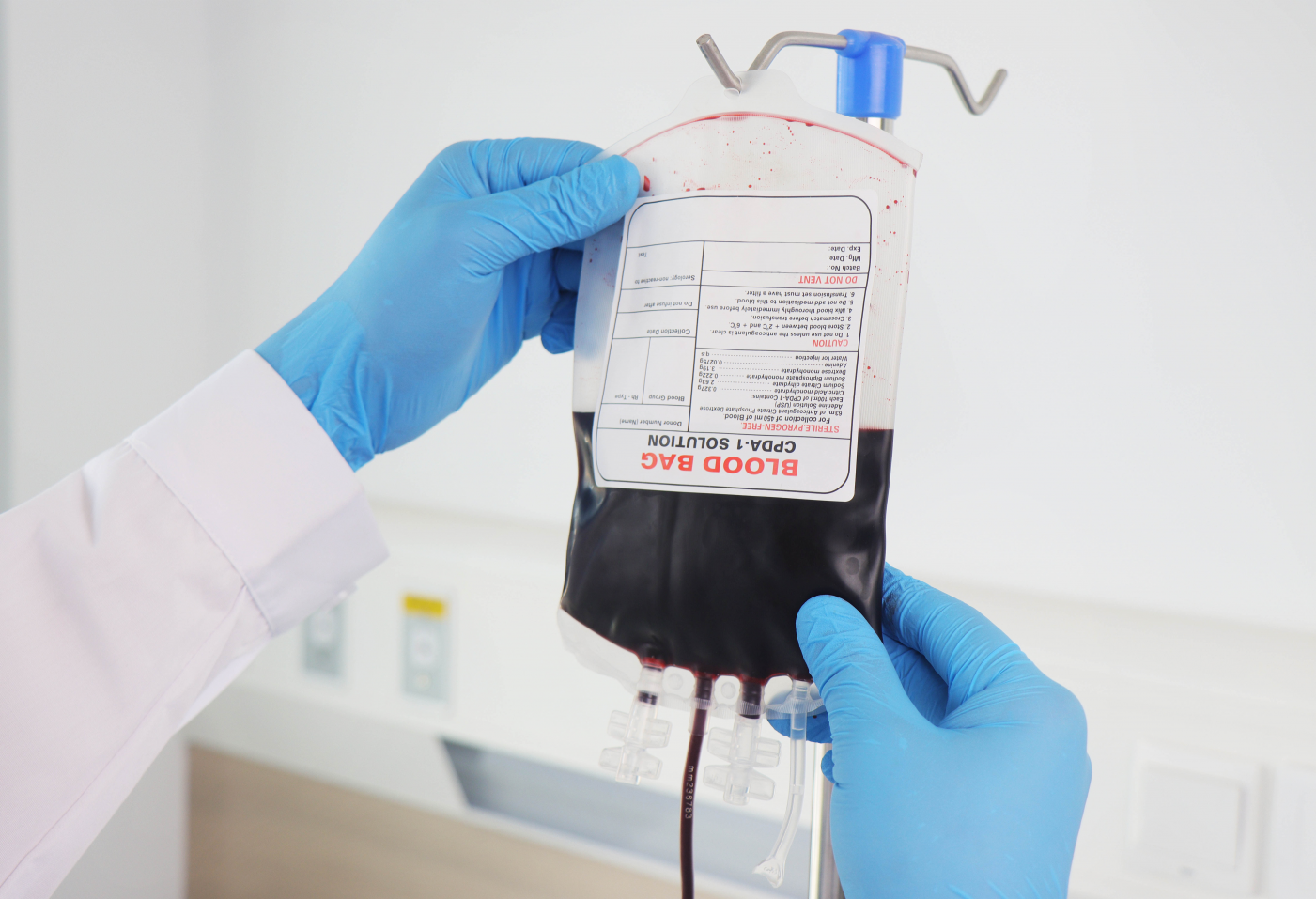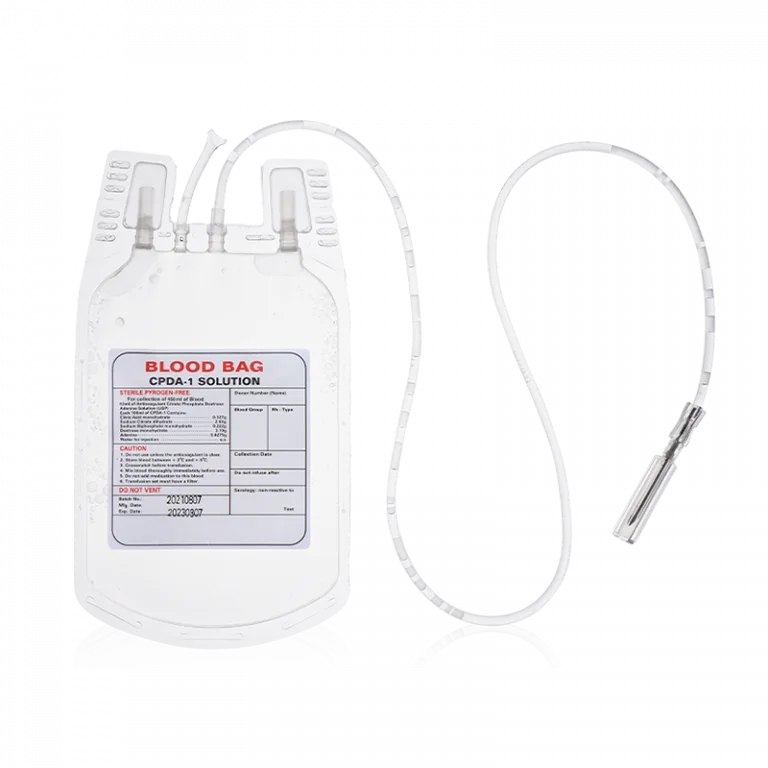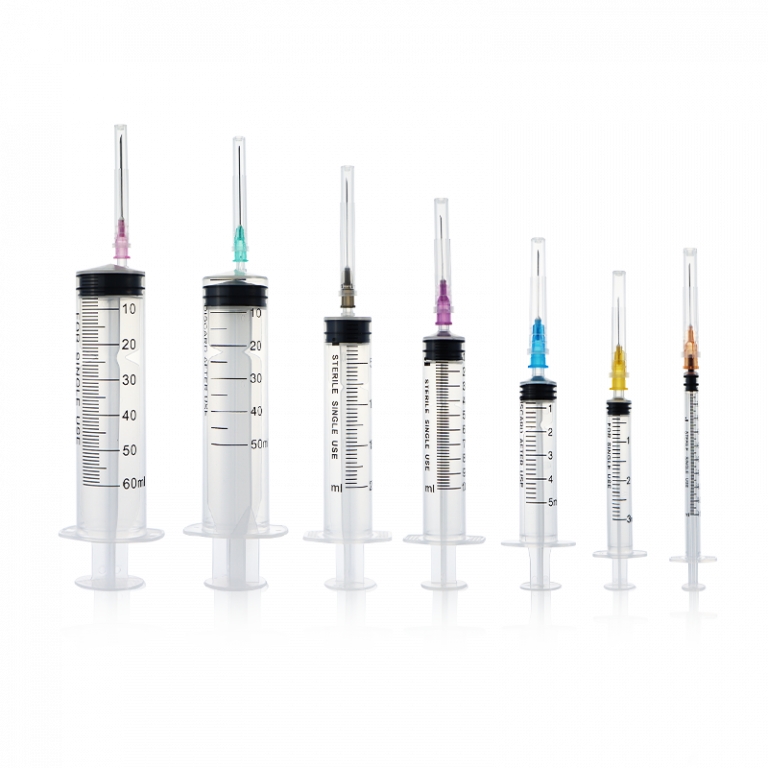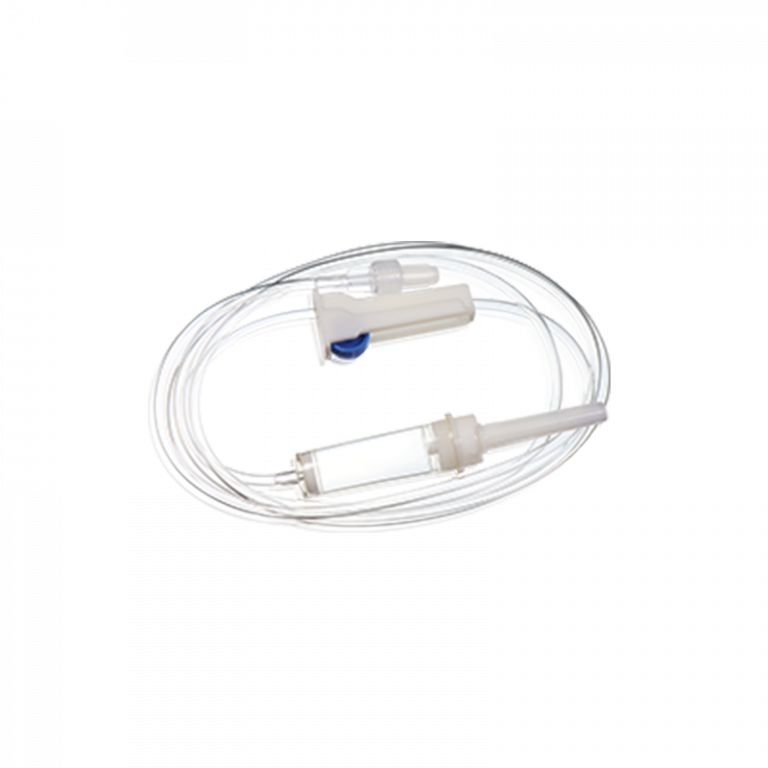From the moment blood is collected, every step in its handling, storage, and delivery must be controlled with extreme caution.
The core of ensuring accuracy in this process lies in the correct identification of information on blood bag labels, as any missing, unclear, or incorrect label information may lead to serious medical incidents, such as hemolysis. It ensures each bag is traceable, matched correctly, and used within the required timeframe.
So, for hospitals or blood bag wholesalers, what aspects of blood bag labels should be paid attention to in order to avoid transfusion errors? Read on to learn more.
What are the Effects of Blood Bag Label Errors?
Errors on blood bag labels can have drastic consequences that can even put lives at risk. Some major effects include:
1. Blood Type Mismatch
A mislabeled blood type is one of the most dangerous errors, as it can lead to hemolytic transfusion reactions. If a patient receives an incompatible type, the immune system will attack the transfused blood cells, leading to massive rupture of red blood cells (hemolysis).
Specific clinical symptoms include fever, difficulty breathing, and hemoglobinuria, which may further lead to acute renal failure, disseminated intravascular coagulation (DIC), or even shock.
2. Blood Contamination
If blood bag labels do not clearly show collection dates, storage instructions, or expiration details, staff can make judgment errors about the blood’s condition. This can lead to contaminated or expired blood being used by mistake.
For example, expired blood has elevated potassium ion levels and inactivated active components. Such blood is not only ineffective but may also cause hyperkalemia and metabolic disorders.
3. Incorrect Infusion
If details such as volume and component type are misread, a patient might receive too much or too little blood or inappropriate blood components. Such errors not only delay treatment but can also compromise recovery and overall patient safety.
What Information is Included on Blood Bag Labels?
Every label carries information that ensures the blood transfusion bag can be tracked, stored, and transfused safely. To make this possible, labels usually include two levels of detail: primary and secondary information.
1. Primary Labels
Blood bag manufacturers use primary labels during the production process. The information includes:
- Name and address of the blood collection bag manufacturer
- Blood bag reference number, lot number, traceability code, and specifications.
This information helps manufacturers and healthcare institutions track the whereabouts of blood transfusion bags.
2. Secondary Labels
Secondary labels are affixed by blood collection agencies after blood is drawn. They contain all the variable information about this specific unit of blood and are the absolute focus of pre-transfusion verification. They typically include:
- Name of the blood collection agency, matrix tracking barcode, donor information, collection date, expiration date, and storage conditions.
- Blood type, blood component (such as whole blood, plasma, or platelets), volume.
All of which are vital for ensuring the blood remains safe until transfusion.
What Kind of Blood Bag Labels are Needed?
From collection to infusion, blood donation bags may undergo low-temperature storage, hot water disinfection, or steam sterilization. This poses challenges to blood bag labels. It’s crucial to preserve information on the bags under various conditions.
Labels must meet several essential standards, such as:
1. Clarity and Easy Identification
Labels should present information in a format that is immediately clear to medical staff. The print should be sharp and easy to see, with enough contrast between text and background to make details stand out.
Information such as blood type, collection date, and expiration date should always appear in a consistent, well-organized order so staff know exactly where to look during urgent situations.
2. Durability
Blood donation bags are exposed to a wide range of conditions, from cold storage in refrigerators to high-temperature disinfection and fluctuating temperatures during transport. Labels must be:
- Resistance to temperature changes:The label should not crack, curl, or lose adhesion when subjected to sudden temperature shifts.
- Print integrity:The printed ink should not fade, smudge, or peel under low temperatures, humidity, or friction, ensuring information remains complete at every stage.
- Adhesive strength:The adhesive must remain secure throughout the entire shelf life, without spontaneously detaching.
3. Stain Resistance
During storage and transport, labels often come into contact with moisture, alcohol, or fluids used in clinical settings. If the print quality is poor, important details may become unclear, which could compromise safe use.
For this reason, the blood bag label surface should have a protective coating that effectively prevents the infiltration of liquids such as water, alcohol, and disinfectants, while also allowing for convenient printing of information such as identification codes and names.
4. Tamper-proof
Blood bag labels must also offer protection against tampering. If someone tries to alter or remove the label, there should be obvious signs left behind on the bag.
This protects the authenticity of the information and reassures medical staff that the blood has remained secure throughout storage and transport.
WEGO Medical – Your Preferred Blood Bag Supplier
Reliable blood collection bags are essential for safe transfusion practices, and WEGO Medical has become a trusted name in this field.
Our product range includes different blood bag types such as single, double, triple, and quadruple systems, designed to maximize the use of each donation by safely separating components like red cells, plasma, and platelets.
The blood packs are manufactured under sterile conditions, using high-quality materials that maintain red cell viability and reduce contamination risks. The label information is concise and clear. It includes a white film that prevents moisture absorption, resists high and low temperatures, stains, and other impacts, while also facilitating easy printing of information.
With international certifications including CE and ISO, WEGO Medical offers hospitals and blood banks reliable tools for protecting patients and ensuring safe transfusion procedures.
Wrapping-Up
Accurate and durable blood bag labeling is vital for reducing errors and safeguarding patients during transfusion. Hospitals and blood banks need solutions that can be trusted in every step of the process.
WEGO Medical supplies a complete range of blood collection solutions, including different blood bag types, leukocyte reduction filters, and cooler boxes. All products are developed under strict quality controls. Contact us now for customized solutions!
